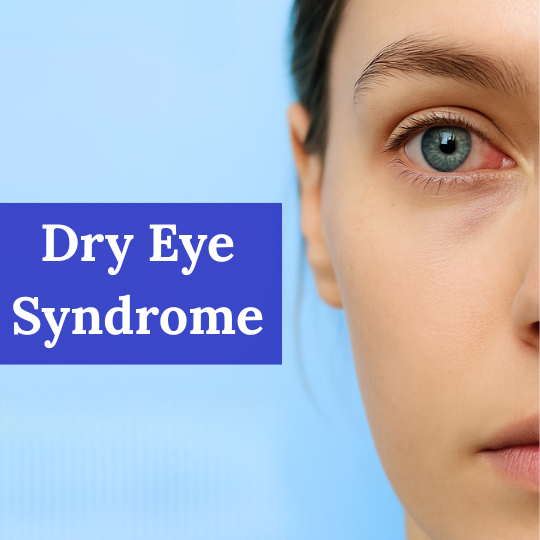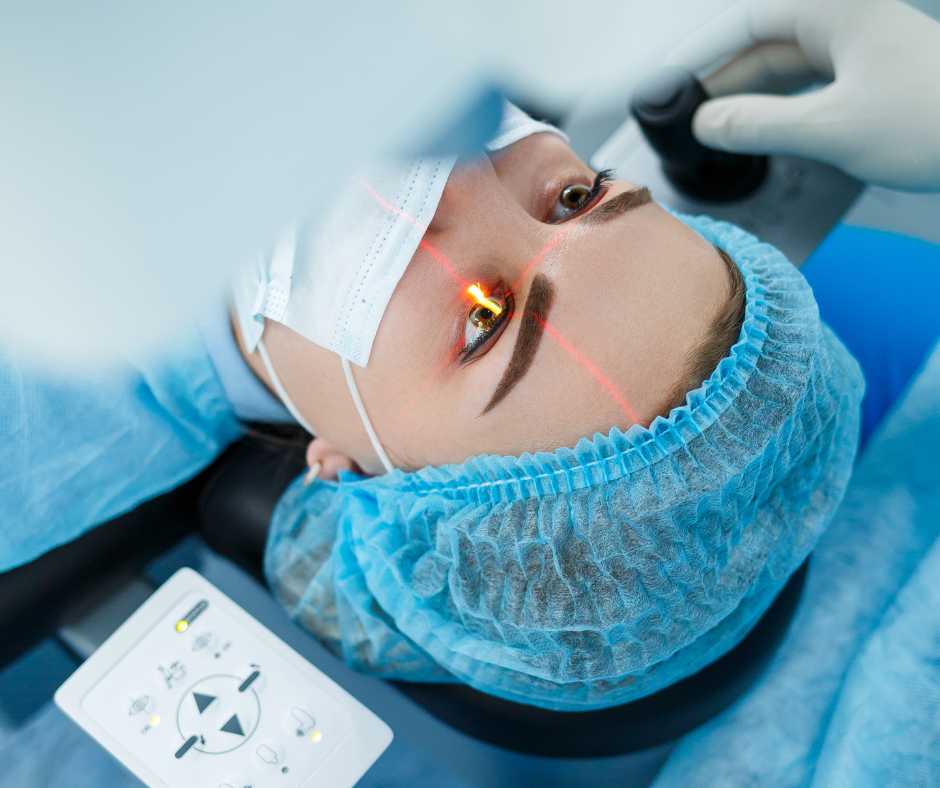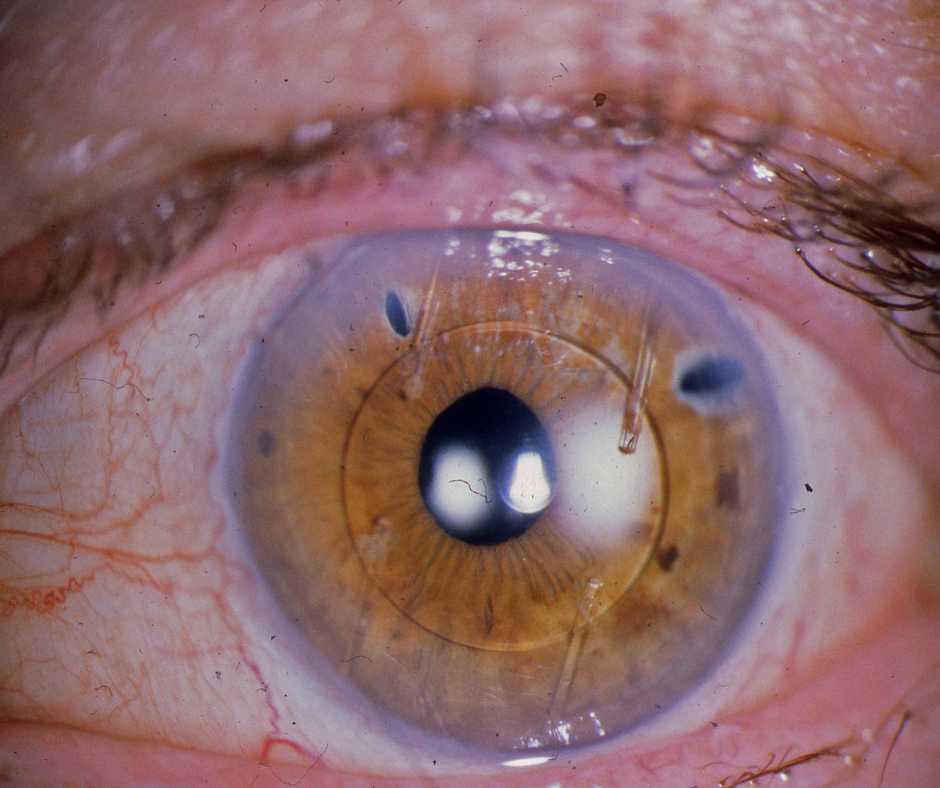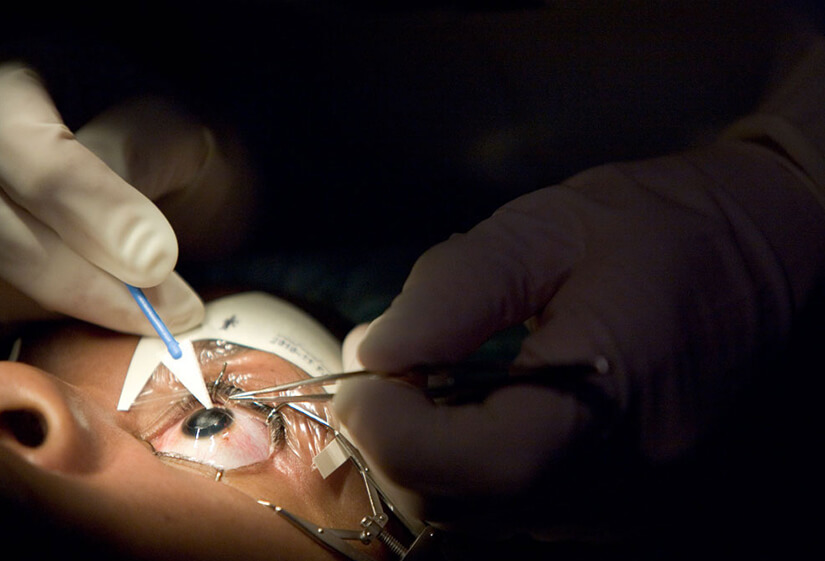Hypermetropia, also known as farsightedness, is a common refractive error that affects the eye’s ability to focus on near objects. This condition results from light focusing behind the retina rather than directly on it, causing blurred vision up close while distant vision remains clear. Recognizing and addressing hypermetropia is essential to prevent complications and ensure overall eye health.
What is Hypermetropia?
Hypermetropia occurs when the eyeball is shorter than normal or the cornea has too little curvature. This condition prevents light from focusing directly on the retina. As a result, objects that are closer appear blurry, while distant objects can be seen more clearly. Hypermetropia is often present at birth and can either improve or worsen with age.

How Common is Hypermetropia?
Hypermetropia is widespread, affecting approximately 5-10% of the population. It is particularly common among children and may resolve as the eye develops. However, in adults, age-related changes can cause hypermetropia to become more prominent. Routine eye examinations are crucial for early detection and management.
How is Hypermetropia Different from Myopia?
Hypermetropia and myopia represent opposite refractive errors. While hypermetropia results in difficulty seeing nearby objects, myopia causes distant objects to appear blurry.
Key Differences:
- Cause: Hypermetropia stems from a short eyeball or flat cornea, whereas myopia results from an elongated eyeball.
- Focus Point: Light focuses behind the retina in hypermetropia and front of the retina in myopia.
- Correction: Convex lenses are used for hypermetropia, while concave lenses correct myopia.

Is Hypermetropia Genetic?
Genetics plays a vital role in the development of hypermetropia. Children with farsighted parents are at a higher risk of developing the condition. However, environmental factors, such as limited outdoor activities and excessive screen time, can also influence the progression of hypermetropia.
Types of Hypermetropia
- Simple Hypermetropia: Caused by the natural shape of the eye and easily corrected with lenses.
- Pathological Hypermetropia: Due to disease, trauma, or abnormal development.
- Functional Hypermetropia: Occurs when the eye’s focusing muscles are impaired.
Symptoms
Hypermetropia presents a range of symptoms, including:
- Blurred Vision: Close objects appear blurry, while distant objects remain clear.
- Eye Strain: Prolonged tasks like reading or screen use lead to discomfort.
- Headaches: Frequent headaches occur after focusing on near tasks.
- Squinting: People may squint to compensate for poor near vision.
- Fatigue: Eye fatigue is common after detailed work.
In children, symptoms may include difficulty reading, holding objects far from the eyes, and rubbing their eyes frequently. Early detection is crucial to prevent further complications.
Causes
Hypermetropia results from several anatomical and environmental factors:
- Short Eyeball: A shorter-than-normal eyeball prevents light from focusing correctly.
- Flat Cornea: Inadequate curvature of the cornea reduces light refraction.
- Aging: The lens loses flexibility over time, contributing to hypermetropia.
- Genetics: A family history of hypermetropia increases the likelihood of developing the condition.

Can Children Have Hypermetropia?
Yes, hypermetropia can affect children. Many are born with a degree of farsightedness that naturally resolves as they grow. However, if left untreated, it can lead to complications such as lazy eye or crossed eyes. Regular pediatric eye exams are essential to ensure proper vision development.
Conclusion
Hypermetropia is a manageable condition that affects millions worldwide. Early diagnosis and treatment are essential to maintaining clear vision and preventing complications. Children, in particular, benefit from early intervention, which can ensure proper eye development and reduce the risk of long-term vision problems.
Author Details:
Dr. Sushruth Appajigowda holds a prominent position as a Cornea, Cataract, Glaucoma, and LASIK Surgeon in Bangalore. He serves as the chief Cataract and Refractive surgeon at Vijaya Nethralaya Eye Hospital, Nagarbhavi Bangalore. Renowned as one of the finest LASIK surgeons nationwide, he brings with him over 12+ years of experience across multiple LASIK platforms, including ZEISS, ALCON, SCHWIND, AMO, and Bausch and Lomb. Having successfully conducted over 5000 LASIK procedures, Dr. Sushruth holds the title of a Certified Refractive Surgeon and a Fellow of the All India Collegium Of Ophthalmology. Furthermore, he stands as a distinguished speaker at various National and International Forums, using his expertise to guide you in selecting the most suitable procedure based on your health requirements.

http://vijayanethralaya.com/link-in-bio/
FAQs:
Can hypermetropia be cured permanently?
Yes, surgical procedures like LASIK can correct hypermetropia permanently.
Does screen time affect hypermetropia?
Excessive screen time can worsen symptoms but does not directly cause hypermetropia.
Can wearing glasses make hypermetropia worse over time?
No, glasses alleviate symptoms without worsening the condition.
How is hypermetropia diagnosed?
Comprehensive eye exams, including refraction tests, diagnose hypermetropia.
Can hypermetropia worsen over time?
Yes, especially with age as the lens loses flexibility.











